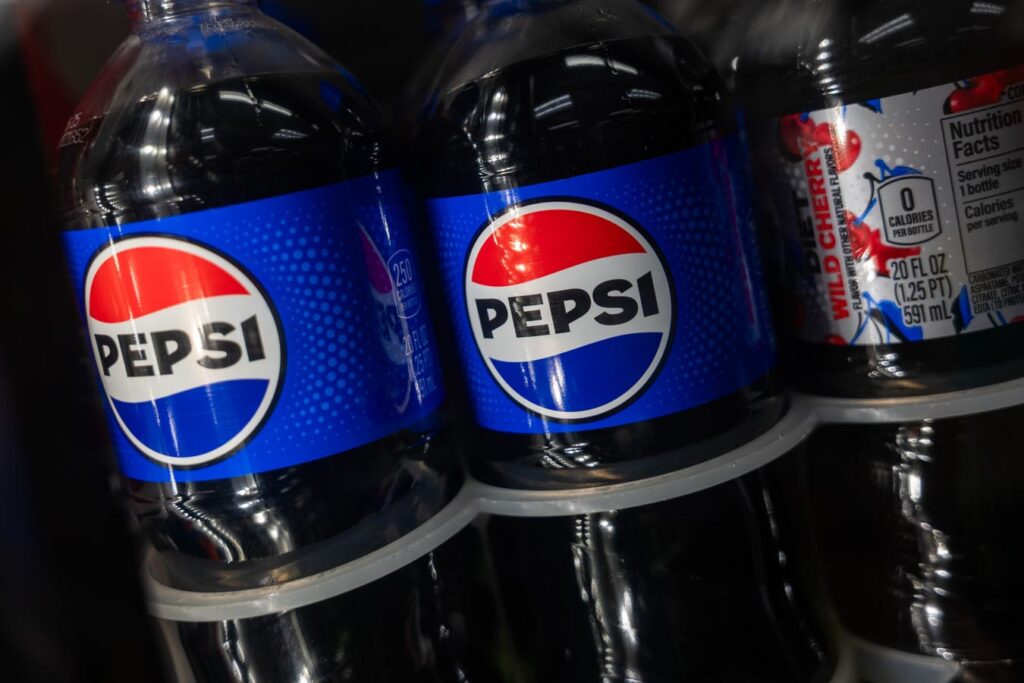PepsiCo is set to report its earnings on Thursday, April 24, 2025. Historically, the company’s shares have tended to move higher following its earnings announcements. Over the last five years, PEP stock has posted a positive one-day return after earnings 84% of the time, with a median gain of 1.3% and a maximum one-day increase of 3.6%.
For event-driven traders, recognizing these historical patterns can provide a strategic advantage. Typically, two approaches are worth considering:
- Pre-Earnings Positioning: Assess the historical likelihood of a positive reaction and establish a position ahead of the earnings announcement.
- Post-Earnings Correlation Analysis: Examine the relationship between the immediate stock reaction and medium-term returns, then position accordingly.
Analysts currently forecast earnings per share of $1.50 on sales of $17.74 billion. That compares to last year’s EPS of $1.61 on revenue of $18.25 billion. This projected decline is likely driven by continued weakness in North American volumes as consumers remain cautious with their spending.
On the fundamentals, PepsiCo has a market capitalization of $194 billion. Over the trailing twelve months, it generated $92 billion in revenue and achieved $13 billion in operating profit and $9.6 billion in net income.
Now, if you seek upside with lower volatility than individual stocks, the Trefis High-Quality portfolio presents an alternative – having outperformed the S&P 500 and generated returns exceeding 91% since its inception.
See earnings reaction history of all stocks
PepsiCo’s Historical Odds Of Positive Post-Earnings Return
Some observations on one-day (1D) post-earnings returns:
- There are 19 earnings data points recorded over the last five years, with 16 positive and 3 negative one-day (1D) returns observed. In summary, positive 1D returns were seen about 84% of the time.
- Notably, this percentage increases to 92% when considering the last three years instead of five.
- Median of the 16 positive returns = 1.3%, and median of the 3 negative returns = -0.8%
Additional data for observed 5-Day (5D) and 21-Day (21D) returns post earnings are summarized along with the statistics in the table below.
Correlation Between 1D, 5D, and 21D Historical Returns
A relatively less risky strategy is to understand the correlation between short-term and medium-term returns post earnings, identify the pair with the highest correlation, and execute the corresponding trade. For example, if 1D and 5D show the highest correlation, a trader can go long for the next five days when the 1D return is positive. Here is some correlation data based on five-year and three-year history. Note that “1D_5D” refers to the correlation between 1D post-earnings returns and subsequent 5D returns.
Is There Any Correlation With Peer Earnings?
Sometimes, peer performance can influence the post-earnings reaction. In fact, pricing-in may begin before the announcement. Here is some historical data comparing PepsiCo’s post-earnings one-day returns with those of peers that reported earnings just before PepsiCo.
Learn more about Trefis RV strategy, which has outperformed its all-cap stocks benchmark (the S&P 500, S&P mid-cap, and Russell 2000) to deliver strong returns. Alternatively, if you want upside with smoother volatility than an individual stock like PepsiCo, consider the High-Quality portfolio, which has outperformed the S&P and generated over 91% returns since inception.
Invest with Trefis
Market Beating Portfolios | Rules-Based Wealth
Read the full article here


